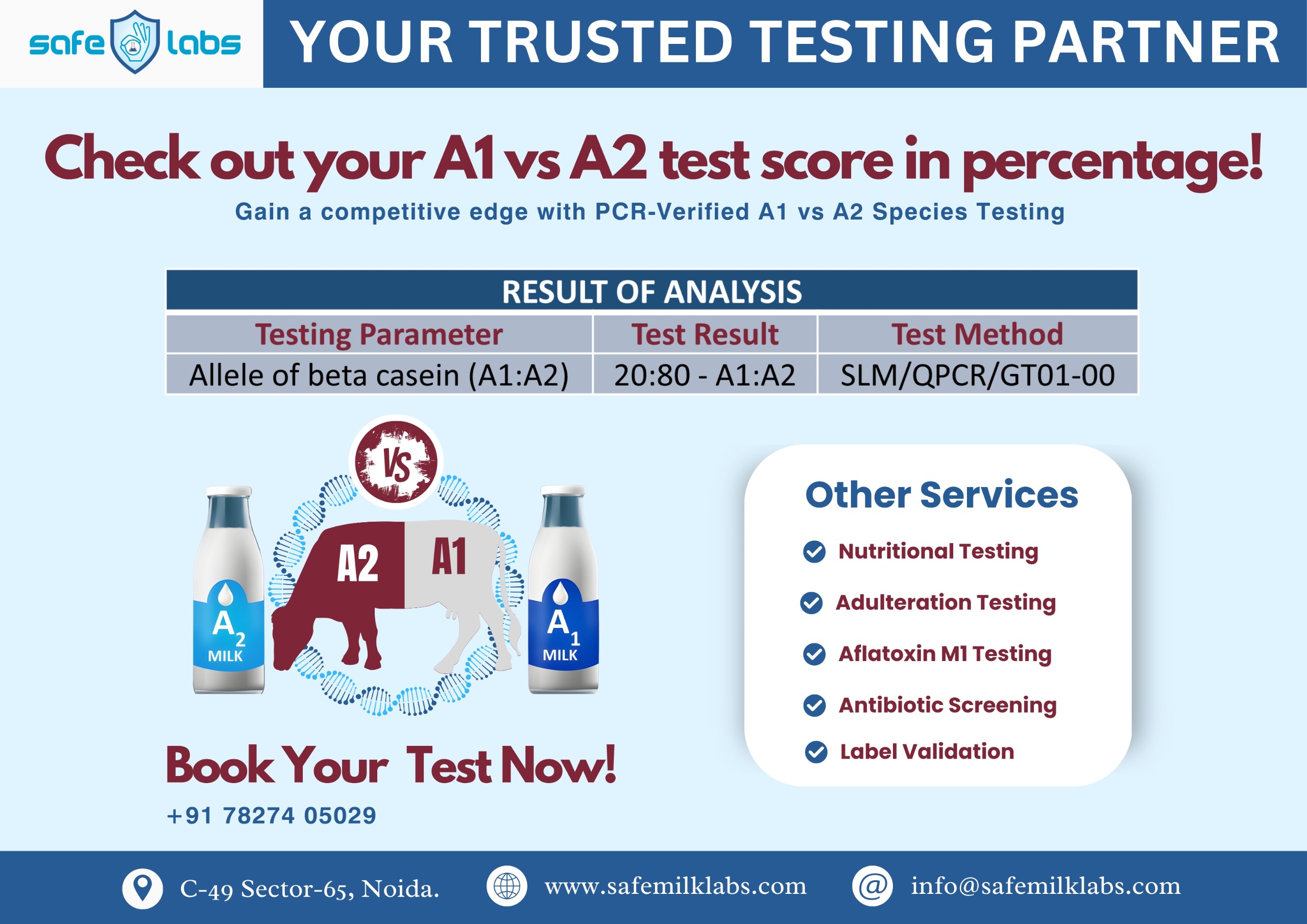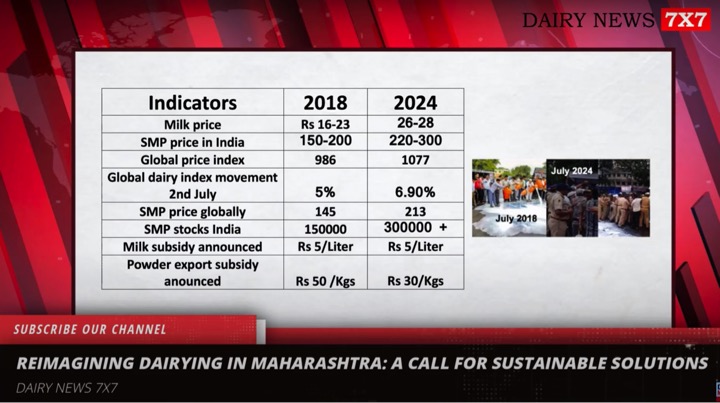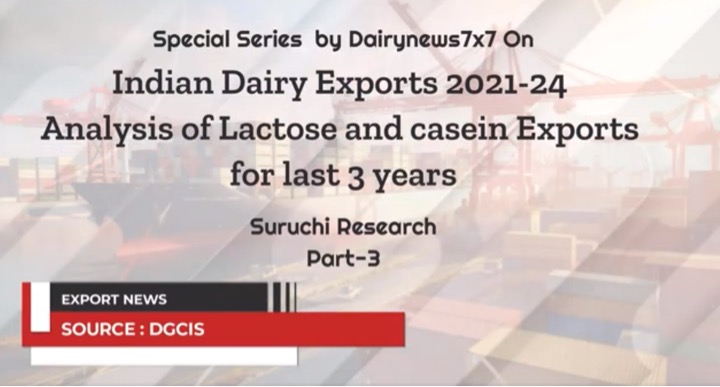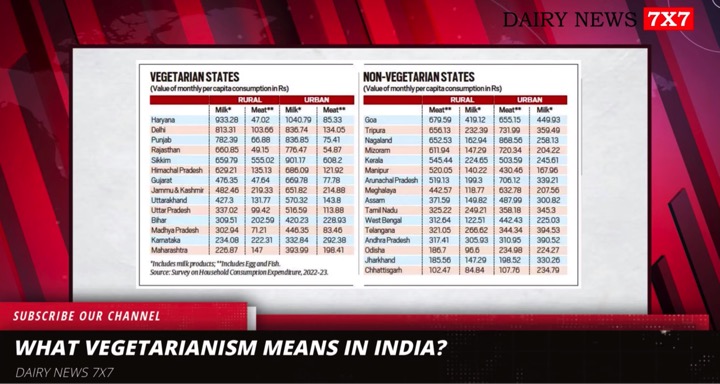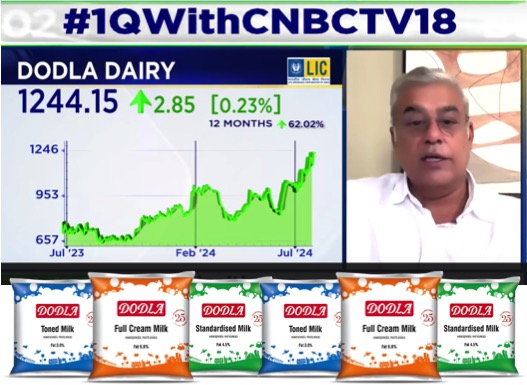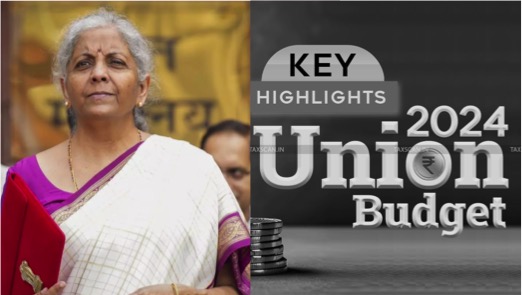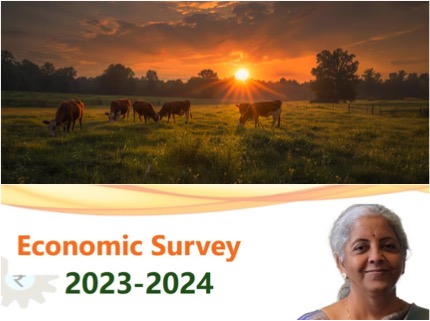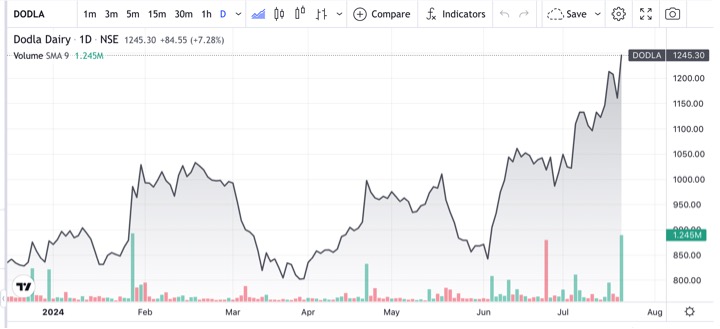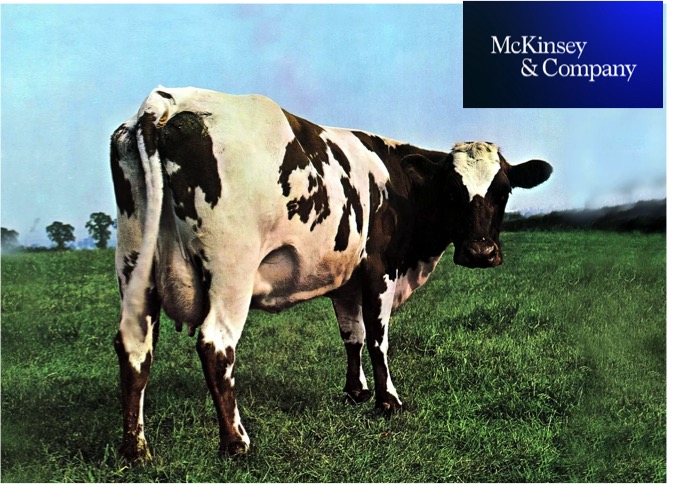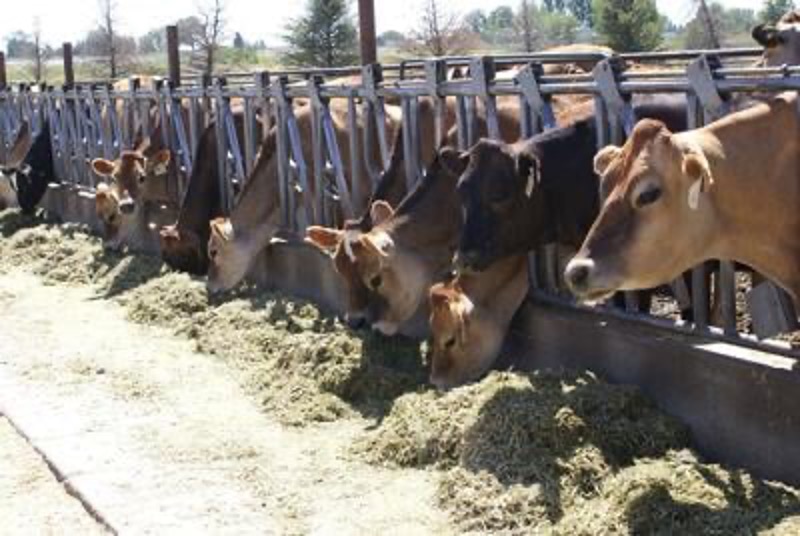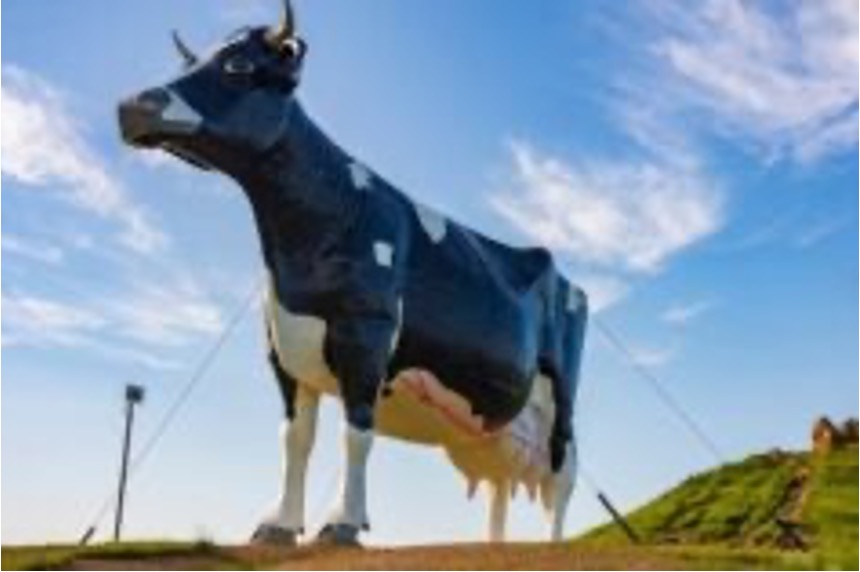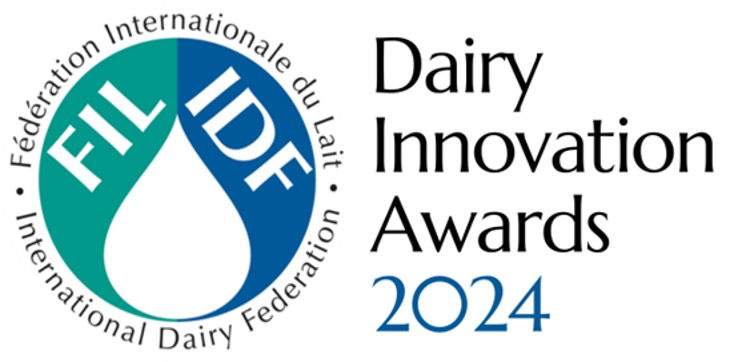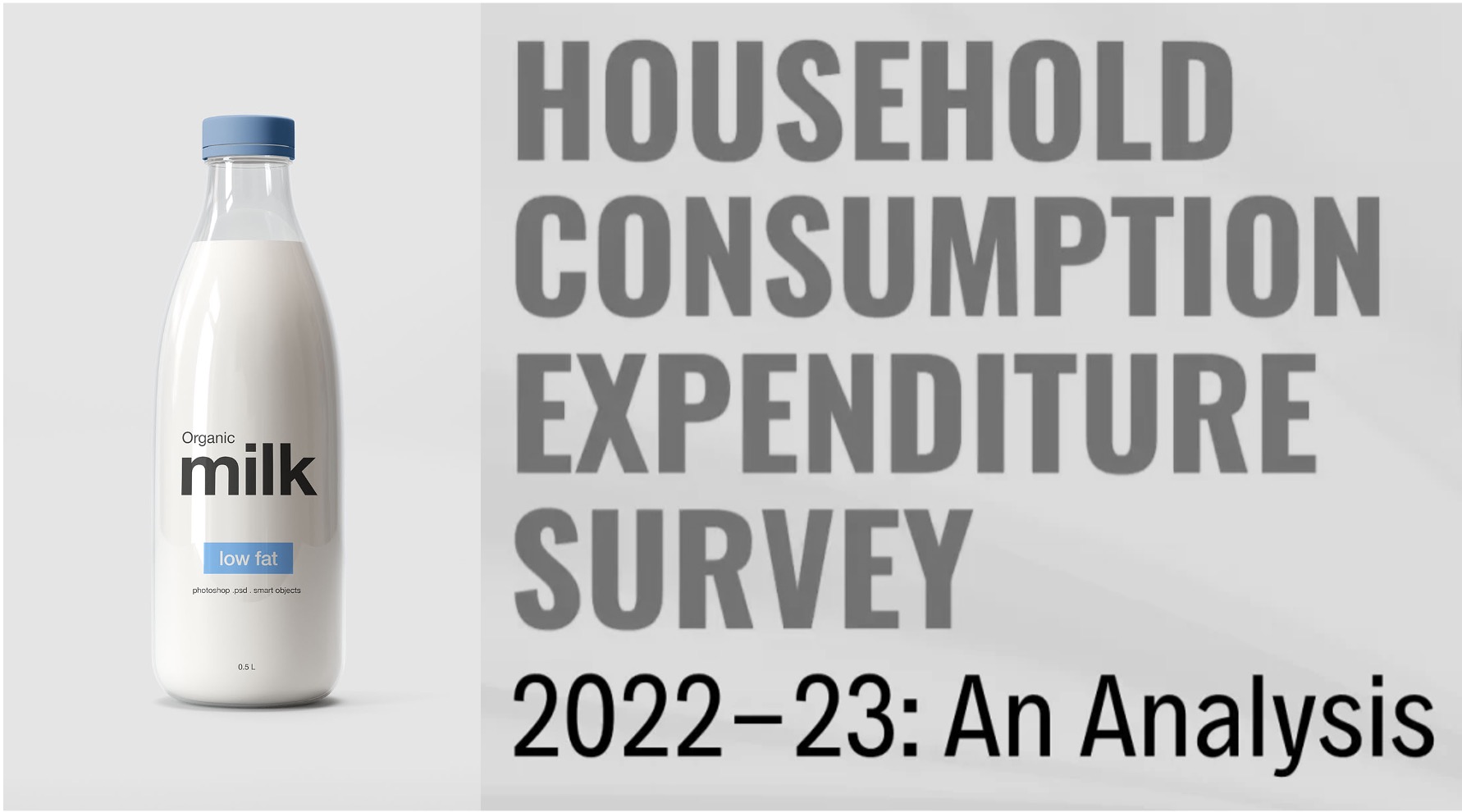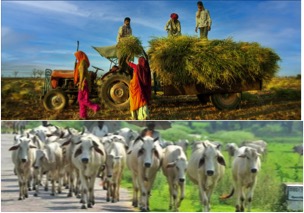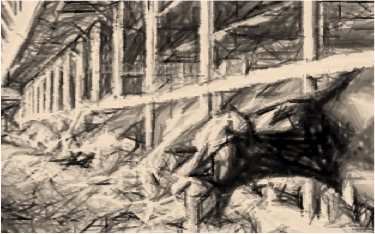Strong demand for value-added products and stable milk consumption will lead to a 14-16% revenue growth for India’s organised dairy industry this fiscal. With raw milk supply improving, there will be fewer price hikes and profitability will recover 20-50 basis points, said rating agency Crisil .
Last fiscal, disruptions in raw milk supply had led to multiple hikes in retail milk prices, pushing up the topline 19% but impacting profitability.
“The profitability of various dairy processors has been coming down over the last couple of years and this implies dairy processors are not being able to completely pass on the cost increase that they have faced to final retail buyers. As a result, we have seen a significant hike in milk prices,” Crisil director Pushan Sharma told Mint earlier in an interview.
Given healthy balance sheets, the credit profiles of organised dairies rated by Crisil Ratings will remain strong. “We believe the strong revenue growth in value-added products seen over the past few years will continue. This fiscal, the segment should grow 18-20% and consequently, the share of value-added products in overall revenue could rise to 40% from 35% four fiscals back. Given that demand from both, retail and institutional segments, remains strong, the share of VAP will continue to rise. On the other hand, liquid milk revenue will grow 8-10% this fiscal backed by steady demand,” said Mohit Makhija, senior director, Crisil Ratings.
Prices of milk have surged nearly 24% in the last three years, including a 10.5% rise in the past one year and 0.3% in the past month. The uptrend has been attributed to artificial insemination of animals getting hit during COVID. This led to lower calf birth and consequently a decline in milk production. Production was also affected because farmers were unable to take care of cattle well in the pandemic when prices of commodities shot up influencing fodder cost. This left a significant impact on overall milk productivity which then manifested in shortages of ghee, butter etc. over a year and half.
In FY23, milk procurement prices had risen 14% on account of several challenges on the supply side, such as significant increase in fodder cost, impact on yields due to cattle disease, and disruptions in artificial insemination schedule.
Strong demand prospects have encouraged organised dairies to incur capital expenditure (capex) in both, this fiscal and the next, especially for value-added products, which will account for 60% of the spending. The overall revenue growth of 14-16% this fiscal will be driven by healthy volume growth of 9-10% and by higher realisations.
“Milk price hikes will be much less intense this fiscal at around ₹2 per litre compared with a cumulative ₹5-7 per litre last fiscal, primarily because of two reasons — improvement in raw milk supply on better availability of fodder, and timely vaccination and artificial insemination of cattle. Additionally, the full impact of previous price hikes will improve the profitability of organised dairies by 20-50 bps this fiscal to 5.5%,” Anand Kulkarni, Director, CRISIL Ratings, said.
The credit risk profiles are expected to remain stable as capex will be funded by a prudent mix of debt and equity. Gearing is seen comfortable at 1.4 times as on 31 March next year, versus 1.3 times a year earlier. Interest coverage will remain strong, too, at 9-9.5 times this fiscal, compared with 9.5-10 times last fiscal. The working capital cycle is expected to be stable as healthy demand will limit the build-up of skimmed milk powder inventories at the year end, according to a CRISIL statement.
Going ahead, improvement in supply-side variables will be an important monitorable and a healthy increase in milk collection will be critical for stability in retail milk prices.
Crisil Ratings analysed 38 dairies, which account for 60% of the organised segment revenue.



